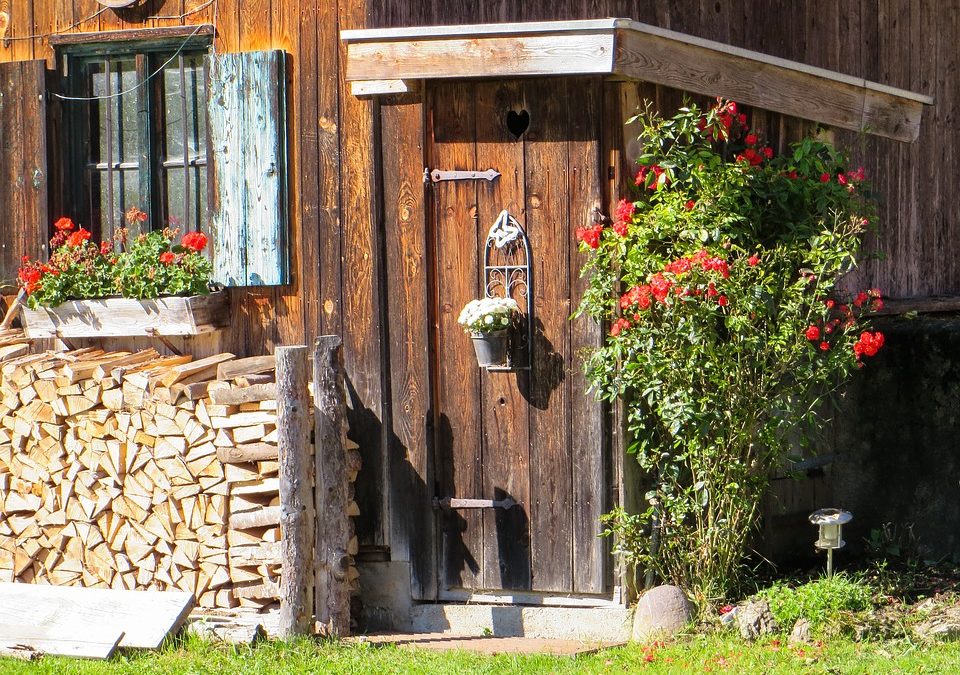This is an aspect of travel that not many people talk about. But if you’ve travelled far and wide, you’ll know that not every country in the world has the facilities that you’d expect to find at home.
They say that every adventurous traveller has at least one interesting toilet story. Mine is about the toilets in a camp site in Marrakesh but we’ll leave that for another day.
Americans in particular are likely to be the most surprised when travelling to other countries and one of the first things you have to remember is that in most other countries people are much less coy about the word itself.
We English, for example, do not disguise our needs by asking for the restroom, the bathroom or the powder room and we do not refer to the receptacle itself as the potty or the commode. It’s the toilet – or – the loo.
And therefore one of the first important things to learn is the word for ‘toilet’ in various languages, depending on where you’re going. Some are very easy such as toilette in France, toualéta in Greece, toalett in Sweden — and you never know when you’re going to need them. (And see the translation app in the related links below).
Then you have to consider the types of toilet you’re likely to encounter on foreign shores. True, if you are staying in Sheratons and Hiltons throughout the world you’ll be treated to normal American style facilities in your hotel but that’s not necessarily the case once you’re off the beaten track.
THE SQUAT
Most travellers have at some time experienced the hole-in-the-floor loo. This is a porcelain square with a hole in the middle. You straddle the hole and squat. Don’t be alarmed, that position is actually better for you medically (for various reasons that I won’t go into) and it’s also more hygienic than an American-style toilet because your bare bottom doesn’t come into contact with anything but fresh air. You mustn’t forget to wear your shoes though!
THE SPY-SHELF
To me, this is the weirdest type of toilet I’ve encountered overseas. You see, I don’t know about you but I have no desire whatsoever to see the fruits of my labours. In some countries though, notably Germany, people like to examine it. Therefore, their toilets differ from regular ones in that at the rear of the bowl there’s a shelf.
The purpose of this is that your deposit lands on the shelf enabling you to happily view it. (And presumably, if you’re German, admire your handiwork). What this can mean though is that a regular flush may not be enough to ensure that you leave the place in good order for the next ‘guest’ – a little brush work might be in order.
PAID TOILETS
In many places, you have a pay to use a public toilet. Don’t worry, it’s just pocket change but always make sure that you have a few assorted coins with you that will gain you entry when you need the loo.
FREE-FOR-ALL
Not everywhere feels it’s necessary to segregate the sexes when it comes to toilets. This tends to shock some Americans but it’s quite alright. After all, at home or in the office you probably share with the opposite sex.
For the men, urinals are provided for those who are just needing a quick visit. Cubicles are provided for the ladies or for the guys who require a longer stay. No problem.
TOILET PAPER
Americans find this hard to believe but in many places, using toilet paper is seen as being rather gross and insanitary. In these places, normally a bidet or shower-like attachment is used. But if paper is what you’re used to, you’d be well advised to keep a roll (or a mini pack of tissues) in your bag or pocket.
THE WASTE BIN SCENARIO
In some areas of the world, the plumbing just can’t cope with anything other than stuff that is excreted from the human body. This includes ladies’ necessaries and toilet paper. You’ll find in these cases that a waste bin has been thoughtfully provided. (This is sometimes the case on boats moored in slips). Don’t be squeamish.
I’ll finish now. I hope I didn’t put you off your lunch 🙂


